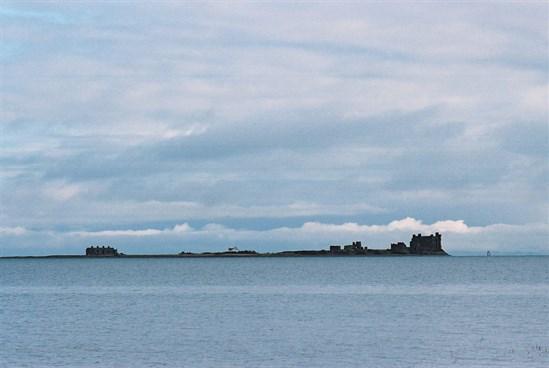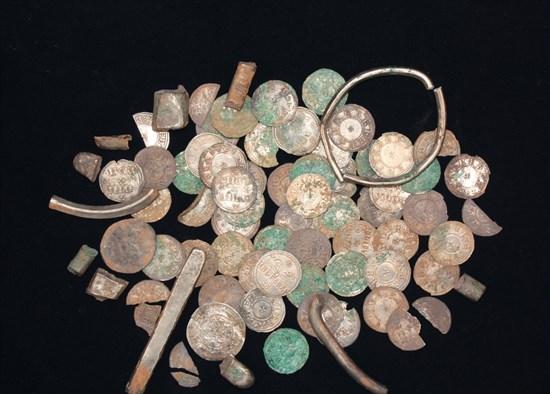Vikings in Furness
Vikings in Furness
We have evidence of the Vikings in Furness from several sources: placenames, artefacts dug up and runic inscription.
The geography of the area would also strongly suggest that the Vikings at least came ashore here. Morecambe Bay is notorious for strong tides, shallow waters and dangerous quicksands. There are few natural deep water harbours but an exception are the waters round Piel and Roa Island.
Placenames
There are a lot of placenames with a Viking origin, which does suggest that people of Viking origin settled in the area.
- The origin of Furness can be explained in several ways but the simplest is Far Ness, the second element being Norse for a headland, hence the far landfall as seen from the southern coast of Morecambe Bay.
- The name Barrow derives from the Norse ‘Barrai’, meaning either ‘bare island’ or ‘island off the headland’.
- There are other names in the area of Norse origin, some examples are: Biggar, North Scale, Hawcoat (Norse was Hacot), Roa and Yarlside.


Artefacts at the Dock Museum
- The Furness Hoard was an exciting discovery, unearthed by a metal detectorist in 2011. It is by far the largest amount of Viking treasure ever found in this area. The hoard consists of 92 silver coins and artefacts (among them ingots and arm-ring or "ring money").
- Remnants of a Viking sword, uncovered at Rampside churchyard by Jacob Helm (the Sexton) and his son Thomas while digging a grave in 1909. Accession number: BAWMS.09000.
- Viking lead weight discovered by a metal detectorist at Dalton. This type of lead weight with decorative insets seems to be typical of Vikings in Britain and Ireland in the second half of the
- Spindle whorl, found at Pennington. This slate version is probably of Viking origin. They would have been used in spinning wool, flax etc into thread. Accession number: BAWMS.07989.
The British Museum also displays the "Furness Head". It is a hollow copper-alloy casting of the front of a frowning head. It is believed to be originally part of "impressive ecclesiastical furniture” in the eight century. It was re-used in the ninth and/or tenth century as a Viking weight. Accession number: 1870.0609.1. Please see the British Museum website for more information.
Runic Inscription
At Pennington a tympanum was discovered with runic letters. A tympanum is an architectural term for a semi-circular or triangular shaped surface over an entrance. A rune is a letter of an alphabet and these were used to write in Germanic languages, including Scandinavian ones. The Pennington tympanum probably came from the church and is believed to be late Scandinavian.
You might be able to read this extract from the inscription on the tympanum. Kirk is fairly clear (meaning church). This word is still widely used in Scotland today.
There is another rune-inscribed stone (at Urswick) but it is believed to be of Anglo-Saxon date and not Viking.

